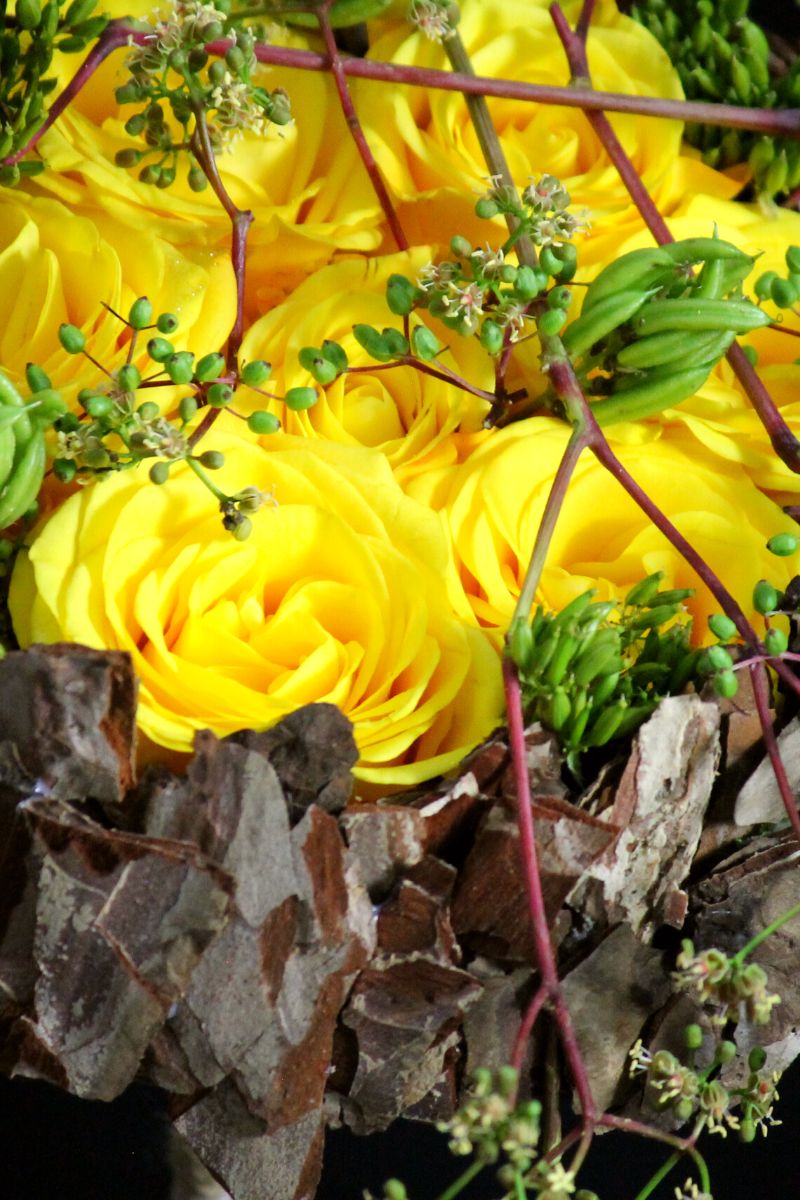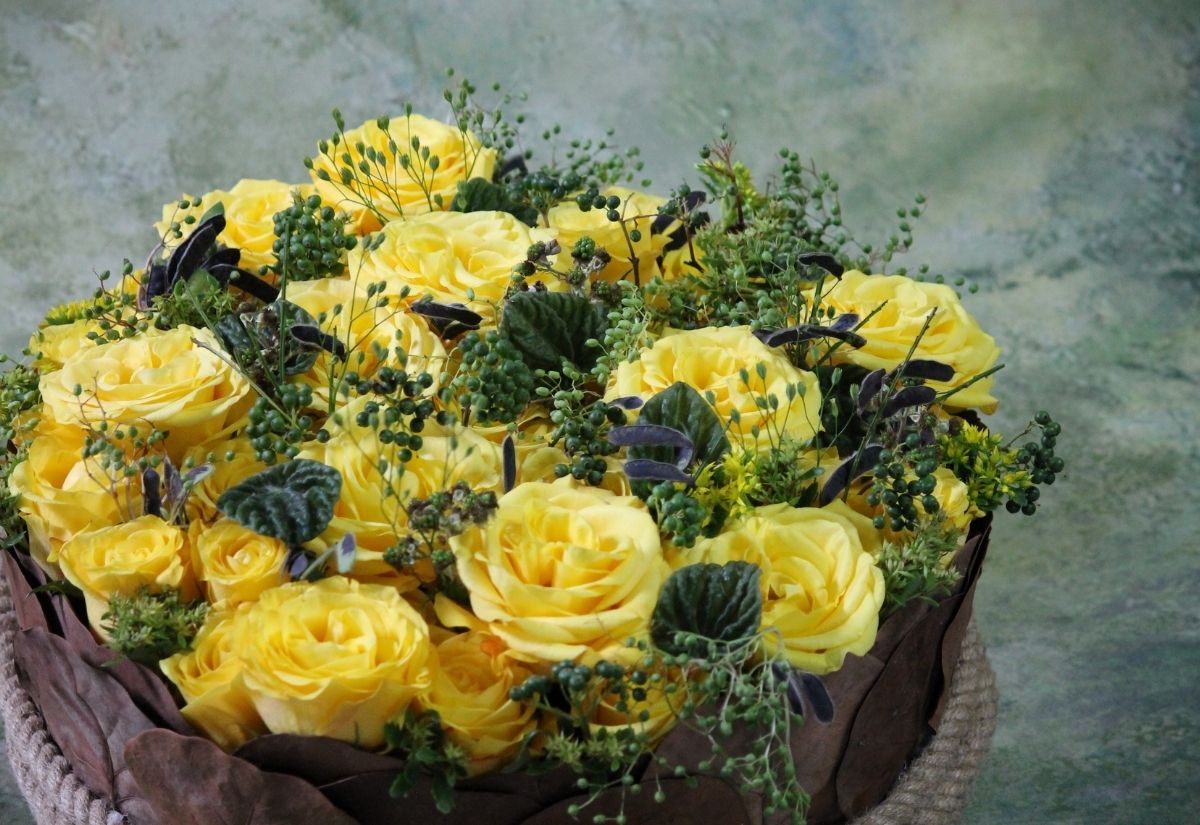Roses are the most popular flowers around the world. These mesmerizing flowers give rise to the creation of real stories. It is true that the most common roses are in variations from pink to red. They are used to standing out by wearing pure white dresses. But the yellow rose occupies a special place in the horticultural world.

Botanical Frenzy
The first wild yellow rose was described in the 18th century in an isolated region of the Far East. Brought back to the West, this jewel, a botanical rarity, gave rise to a botanical frenzy. The world capital of roses was located in the 19th century in Lyon.
The prosperity of the city attracted gardeners and peasants who came to set up their own businesses as market gardeners or horticulturists. The fertile soil and continental climate lent themselves well to growing roses. With the arrival of unknown roses from the Far East, a new generation of rose growers from Lyon are getting caught up in the game of pairing roses and trying selections, by sowing then by hybridization, giving rise to hundreds of new varieties. The golden age of the production and creation of the rose in Lyon was between 1850 and 1914. There were up to 3000 varieties of roses unveiled to the public and millions of young plant copies were sold around the world.
From spontaneous hybridization to the manipulations of botanists we arrive at today’s roses. Roses that display a real golden rose.
Soleil d’Or, the First True Yellow Rose
At that time, all the breeders knew each other. This created a real emulation to achieve the best flowering remontant, the hardiness of the shrubs, the perfection of the forms, and the most seductive fragrance. The colors then hardly came out from light pink to dark purple through crimson red.

Picture Wikimedia
Joseph Pernet
Joseph Pernet relentlessly pursued his research on tea roses which widened the color palette, focusing on the search for yellow colors. In 1898, he presented the Rose Soleil d’Or, a beautiful bright orange-yellow rose haloed in nasturtium red. This original rose surprised and delighted many enthusiasts. But the pure yellow color of one of its parents, ‘Persian Yellow’, was not found in it. With this gain, he signed a new breed of roses, the Pernetiana. Persevering in his crossings, in 1910, Joseph obtained the pure yellow rose of which he dreamed and which he named ‘Rayon d’Or’. then, in 1920, ‘Souvenir de Claudius Pernet’, a brilliant yellow full flower in homage to his eldest son that died in battle. Joseph Pernet, the one who is nicknamed the “Magician of Lyon” left us other illustrious roses.

Picture Wikimedia

Picture Wikimedia
It was during the Victorian era that the yellow rose became more popular, first in British gardens and then on the European continent.
This Rose Is a Distant Cousin of History and the Star of the Day
Rose Basanti. As if this yellow rose was a nod to history.


And how to describe this rose with its penetrating yellow colors and unique characters. Powerful, generous, opulent, resistant, delicate, intoxicating. Lots of qualities!
It transcends the approach of the yellow rose as in the cut flower. A composition with these roses transforms a room and brings in a ray of sunshine. As if this rose had the power to capture the star.

The Rose of the New Wave
It is with joy and impatience that we see the new trend of yellow floral weddings arrive. A real comeback but very far from the bling-bling and golden side we might expect. Yellow roses, and Rose Basanti® in particular, are part of a more relaxed and authentic movement.


A desire for the sunshine of joy surrounded by loved ones on a beautiful table with opulent flowers of simplicity and sincerity.
With the Basanti® rose, I tick all the boxes of this new trend.

The Blooms’ Rays Shine
The opulence of these petals whose heart is arranged in a thousand leaves has nothing to envy to its golden yellow or its exceptional hold for a yellow rose. Also, her color holds, even a couple of days after opening, the blooms’ rays shine as ever before.

New Symbol of Love and Happiness
This yellow rose has marked history. So, let’s give it its rightful place in the hearts of men. And make the Basanti® rose the new symbol of love and happy and sunny marriages.







